Home>Furniture & Design>Interior Design Trends>What Is A Glass Filled Ruby
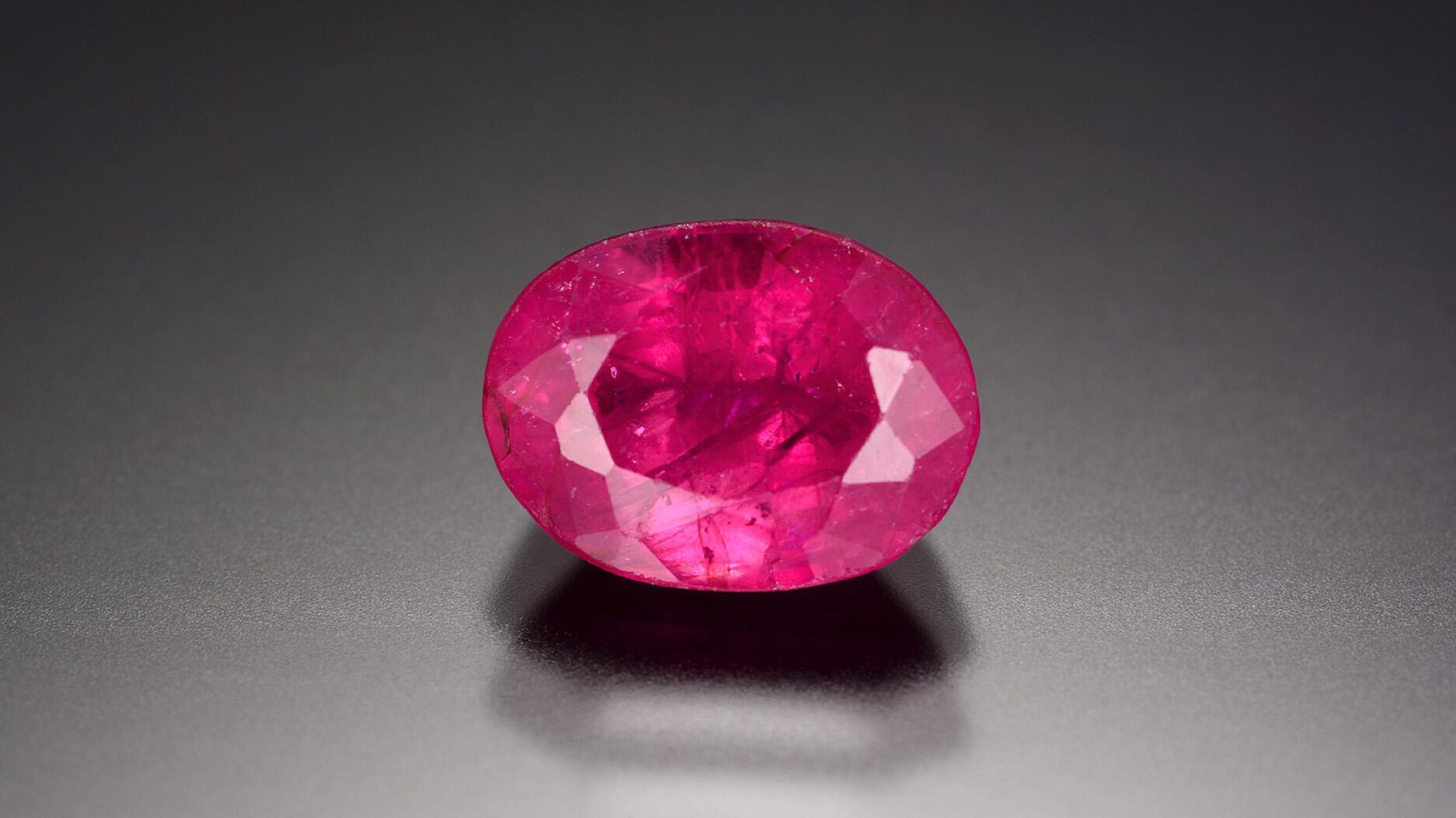

Interior Design Trends
What Is A Glass Filled Ruby
Modified: February 18, 2024
Discover the latest interior design trend with glass filled ruby, a stunning addition to elevate your space. Learn more about its unique properties and how to incorporate it into your decor.
(Many of the links in this article redirect to a specific reviewed product. Your purchase of these products through affiliate links helps to generate commission for Storables.com, at no extra cost. Learn more)
Introduction
Glass filled rubies, also known as composite rubies, are a fascinating and controversial topic within the world of gemstones. These gemstones have sparked discussions and debates among gemologists, jewelry enthusiasts, and consumers due to their unique composition and the methods used to enhance their appearance.
Glass filled rubies are a type of treated gemstone that has been infused with lead glass to improve its clarity and overall visual appeal. This treatment process has raised questions about the authenticity and durability of these gemstones, leading to a divide in opinions within the gemstone industry.
Understanding the composition, creation process, identification methods, and applications of glass filled rubies is crucial for both gemstone professionals and consumers. By delving into the intricacies of these treated gemstones, we can gain a deeper appreciation for their unique characteristics and the impact they have on the world of jewelry and gemstone trade.
Key Takeaways:
- Glass filled rubies are natural rubies infused with lead glass to enhance their appearance, creating visually appealing gemstones with unique optical effects. However, concerns about long-term durability prompt careful consideration.
- Identifying glass filled rubies requires expertise and specialized equipment to distinguish them from natural rubies. They find uses in affordable jewelry, avant-garde designs, decorative items, and educational settings, contributing to creative expression and learning.
Read more: How To Fill Scratches In Glass
Composition of Glass Filled Ruby
Glass filled rubies are a type of treated gemstone that undergoes a specific enhancement process to improve its visual appeal. The composition of a glass filled ruby is a crucial aspect that sets it apart from natural rubies and other treated gemstones. Understanding the composition of glass filled rubies provides valuable insight into their unique characteristics and the impact of the treatment process on their overall structure.
At the core of a glass filled ruby is a natural ruby that may possess internal imperfections, such as fissures, cracks, or cavities. These natural flaws can detract from the gemstone's clarity and visual allure. To address these imperfections, the treatment process involves infusing the ruby with lead glass, which fills the internal fractures and voids within the gemstone. This infusion of lead glass serves to enhance the gemstone's transparency and overall appearance, making it more visually appealing to the naked eye.
The composition of a glass filled ruby can be likened to a fusion of natural and synthetic elements. The natural ruby serves as the foundation, while the introduction of lead glass alters its internal composition, resulting in a hybrid gemstone with distinct optical properties. The presence of lead glass within the ruby creates a unique visual effect, often characterized by a noticeable flash of light as it interacts with the filled voids, giving the gemstone a distinct appearance when compared to untreated natural rubies.
It is important to note that the composition of glass filled rubies raises questions about their long-term durability and stability. The introduction of lead glass alters the gemstone's structural integrity, leading to concerns about potential damage or changes in appearance over time. Gemstone professionals and consumers alike must consider these factors when evaluating the composition of glass filled rubies and making informed decisions regarding their use in jewelry and other applications.
In summary, the composition of glass filled rubies involves the fusion of natural ruby with lead glass, resulting in a visually enhanced gemstone with unique optical properties. This treatment process has implications for the gemstone's durability and long-term stability, prompting careful consideration within the gemstone industry and among consumers.
How Glass Filled Rubies are Created
The creation of glass filled rubies involves a meticulous process aimed at enhancing the visual appeal of natural rubies by addressing internal imperfections. This treatment method, while controversial, has become a common practice within the gemstone industry, offering a solution to improve the clarity and overall appearance of rubies that exhibit internal flaws.
The process begins with the selection of natural rubies that possess internal fissures, cracks, or cavities, which can detract from their visual allure. These imperfections are a natural occurrence within the gemstones and are often referred to as inclusions. To address these inclusions and enhance the gemstone's transparency, the rubies undergo a treatment process that involves the infusion of lead glass.
The first step in creating glass filled rubies is to carefully assess and prepare the natural rubies for treatment. Gemstone professionals identify the internal imperfections within the rubies, determining the areas that require filling to improve their visual clarity. Once the assessment is complete, the rubies are cleaned and prepped for the infusion process.
The next stage involves the application of lead glass to the prepared rubies. This is achieved through a specialized heating and filling technique, where the rubies are exposed to high temperatures to create an environment conducive to the infusion of lead glass. The molten lead glass is carefully introduced to the internal voids and fractures within the rubies, effectively filling these spaces and improving their overall transparency.
As the lead glass fills the internal imperfections, it creates a visual transformation within the rubies, enhancing their clarity and brilliance. The treated rubies exhibit a noticeable improvement in visual appeal, with the filled voids contributing to a more uniform and attractive appearance. The infusion of lead glass also introduces unique optical effects, such as a distinct flash of light as it interacts with the filled areas, further enhancing the gemstone's allure.
Once the treatment process is complete, the glass filled rubies undergo meticulous inspection and evaluation to ensure the successful integration of lead glass and the desired visual enhancements. Gemstone professionals assess the treated rubies to confirm the improvements in clarity and overall appearance, taking into account the impact of the treatment on the gemstone's structural integrity.
In summary, the creation of glass filled rubies involves a precise and controlled process of infusing natural rubies with lead glass to address internal imperfections and enhance their visual appeal. This treatment method has implications for the gemstone's transparency, durability, and overall aesthetic, prompting ongoing discussions within the gemstone industry.
When purchasing a glass filled ruby, make sure to ask the seller if the stone has been treated. Glass filled rubies are often treated to improve their appearance, but this treatment can affect the stone’s durability and value.
Identification of Glass Filled Rubies
Identifying glass filled rubies is a critical aspect of gemstone evaluation, as it allows gemologists, jewelry professionals, and consumers to distinguish these treated gemstones from their natural counterparts. The unique composition and visual characteristics of glass filled rubies present distinct markers that aid in their identification, enabling informed decisions regarding their use and value within the gemstone industry.
One of the primary indicators of a glass filled ruby is the presence of internal features that result from the treatment process. When examined under magnification, these features may appear as irregular patterns, bubbles, or veils within the gemstone. These visual cues are a result of the lead glass infusion, creating distinct optical effects that differentiate glass filled rubies from untreated natural rubies.
Furthermore, the visual clarity of glass filled rubies can exhibit anomalies when viewed under magnification. These anomalies may manifest as a wavy or patchy appearance within the gemstone, indicating the presence of lead glass filling. This visual irregularity sets glass filled rubies apart from natural rubies, which typically display a more uniform and consistent internal structure.
In addition to visual inspection, advanced testing techniques such as spectroscopy and microscopy play a crucial role in identifying glass filled rubies. Spectroscopic analysis can reveal specific absorption patterns associated with lead glass, providing definitive evidence of treatment. Microscopic examination allows for detailed observation of the internal features and filling patterns, further confirming the presence of lead glass within the gemstone.
It is important to note that the identification of glass filled rubies requires expertise and specialized equipment to accurately assess the gemstones. Gemologists and jewelry professionals undergo rigorous training to develop the skills necessary for distinguishing treated gemstones from their natural counterparts, utilizing a combination of visual examination and scientific analysis to make informed assessments.
In summary, the identification of glass filled rubies involves a comprehensive evaluation of their visual characteristics and internal features, supported by advanced testing methods to confirm the presence of lead glass treatment. This process enables gemstone professionals and consumers to differentiate glass filled rubies from natural rubies, contributing to transparency and informed decision-making within the gemstone industry.
Uses and Applications of Glass Filled Rubies
Glass filled rubies, despite the controversy surrounding their treatment process, have found various uses and applications within the jewelry and gemstone industry. The unique visual enhancements and improved clarity resulting from the infusion of lead glass make these treated gemstones suitable for specific purposes, contributing to their presence in the market and creative jewelry designs.
One of the primary uses of glass filled rubies is in the creation of affordable and visually appealing jewelry pieces. The treatment process allows for the transformation of natural rubies with internal imperfections into gemstones with enhanced transparency and brilliance. Jewelry designers and manufacturers often utilize glass filled rubies to craft exquisite pieces that exhibit vibrant red hues and captivating visual allure. These treated gemstones provide an accessible option for incorporating ruby accents into jewelry designs, catering to a wider range of consumers seeking affordable yet attractive gemstone jewelry.
Glass filled rubies also serve as a creative resource for experimental and avant-garde jewelry designs. The unique optical effects resulting from the lead glass infusion can inspire innovative approaches to jewelry creation, offering designers the opportunity to explore the distinct visual characteristics of these treated gemstones. By leveraging the enhanced clarity and unique appearance of glass filled rubies, jewelry artisans can push the boundaries of traditional design, resulting in captivating and unconventional jewelry pieces that showcase the gemstones' distinctive features.
In addition to jewelry applications, glass filled rubies are utilized in decorative and ornamental items, contributing to their presence in a variety of artistic and aesthetic contexts. The treated gemstones offer a cost-effective option for incorporating ruby-like accents into decorative objects, such as sculptures, figurines, and artistic installations. Their enhanced visual appeal and vibrant coloration make them a valuable resource for artists and craftsmen seeking to introduce the allure of rubies into their creations while adhering to budget constraints.
Furthermore, glass filled rubies are utilized in educational and training settings, providing valuable learning opportunities for gemstone professionals and students. These treated gemstones serve as practical examples for studying the impact of treatment processes on gemstone characteristics, offering insights into the visual markers and identification methods associated with treated rubies. By examining and analyzing glass filled rubies, individuals involved in gemstone education and training gain valuable experience in assessing and differentiating treated gemstones from their natural counterparts.
In summary, glass filled rubies find diverse uses and applications within the jewelry, artistic, and educational realms, offering opportunities for creative expression, accessibility, and learning within the gemstone industry. The unique visual enhancements resulting from the treatment process contribute to the versatility and presence of glass filled rubies in various creative and practical contexts, shaping their role in the world of gemstones and jewelry.
Read more: Why Are Wine Glasses Filled Halfway?
Conclusion
In conclusion, the world of gemstones and jewelry is enriched by the presence of glass filled rubies, which have sparked discussions and debates due to their unique composition and treatment process. The infusion of lead glass into natural rubies results in visually enhanced gemstones with distinct optical properties, contributing to their presence in the market and creative applications within the jewelry and artistic realms.
The composition of glass filled rubies, characterized by the fusion of natural ruby with lead glass, presents a hybrid gemstone with unique visual allure. The treatment process addresses internal imperfections within the rubies, enhancing their transparency and brilliance. However, the introduction of lead glass raises concerns about the gemstones' long-term durability and stability, prompting careful consideration within the gemstone industry and among consumers.
The creation of glass filled rubies involves a meticulous process of infusing natural rubies with lead glass, resulting in a visual transformation that enhances their clarity and overall appearance. The treatment method, while controversial, offers a solution to improve the visual appeal of rubies that exhibit internal flaws, contributing to their presence in the market and creative jewelry designs.
Identifying glass filled rubies requires expertise and specialized equipment to accurately assess the gemstones. Visual examination and advanced testing methods play a crucial role in distinguishing treated gemstones from their natural counterparts, contributing to transparency and informed decision-making within the gemstone industry.
Glass filled rubies find diverse uses and applications within the jewelry, artistic, and educational realms, offering opportunities for creative expression, accessibility, and learning within the gemstone industry. The unique visual enhancements resulting from the treatment process contribute to the versatility and presence of glass filled rubies in various creative and practical contexts, shaping their role in the world of gemstones and jewelry.
In essence, glass filled rubies, with their controversial yet captivating nature, continue to inspire discussions and creative exploration within the gemstone industry. Their unique composition, visual allure, and diverse applications contribute to their presence in the market and their role in shaping the evolving landscape of gemstones and jewelry.
Frequently Asked Questions about What Is A Glass Filled Ruby
Was this page helpful?
At Storables.com, we guarantee accurate and reliable information. Our content, validated by Expert Board Contributors, is crafted following stringent Editorial Policies. We're committed to providing you with well-researched, expert-backed insights for all your informational needs.
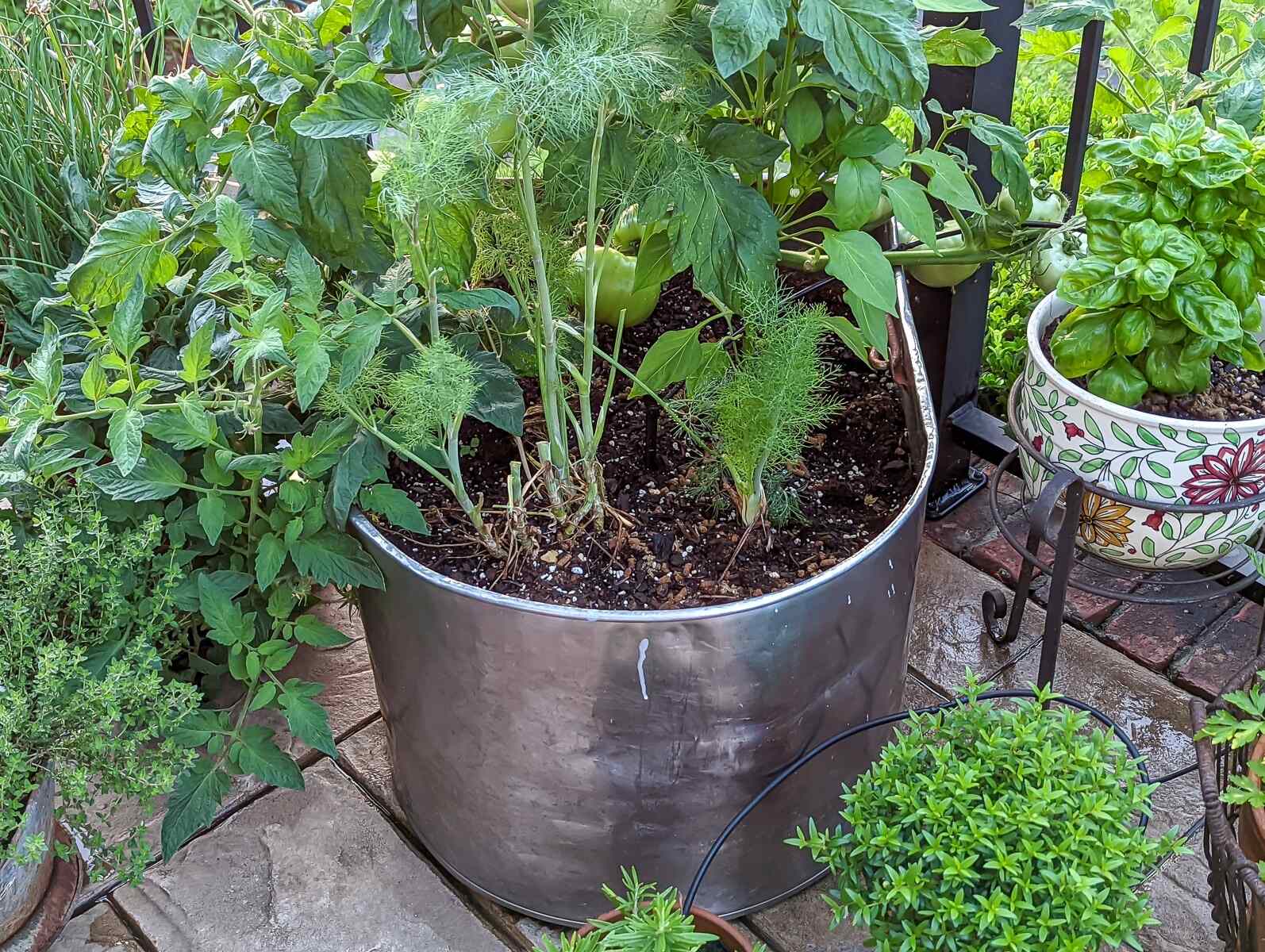
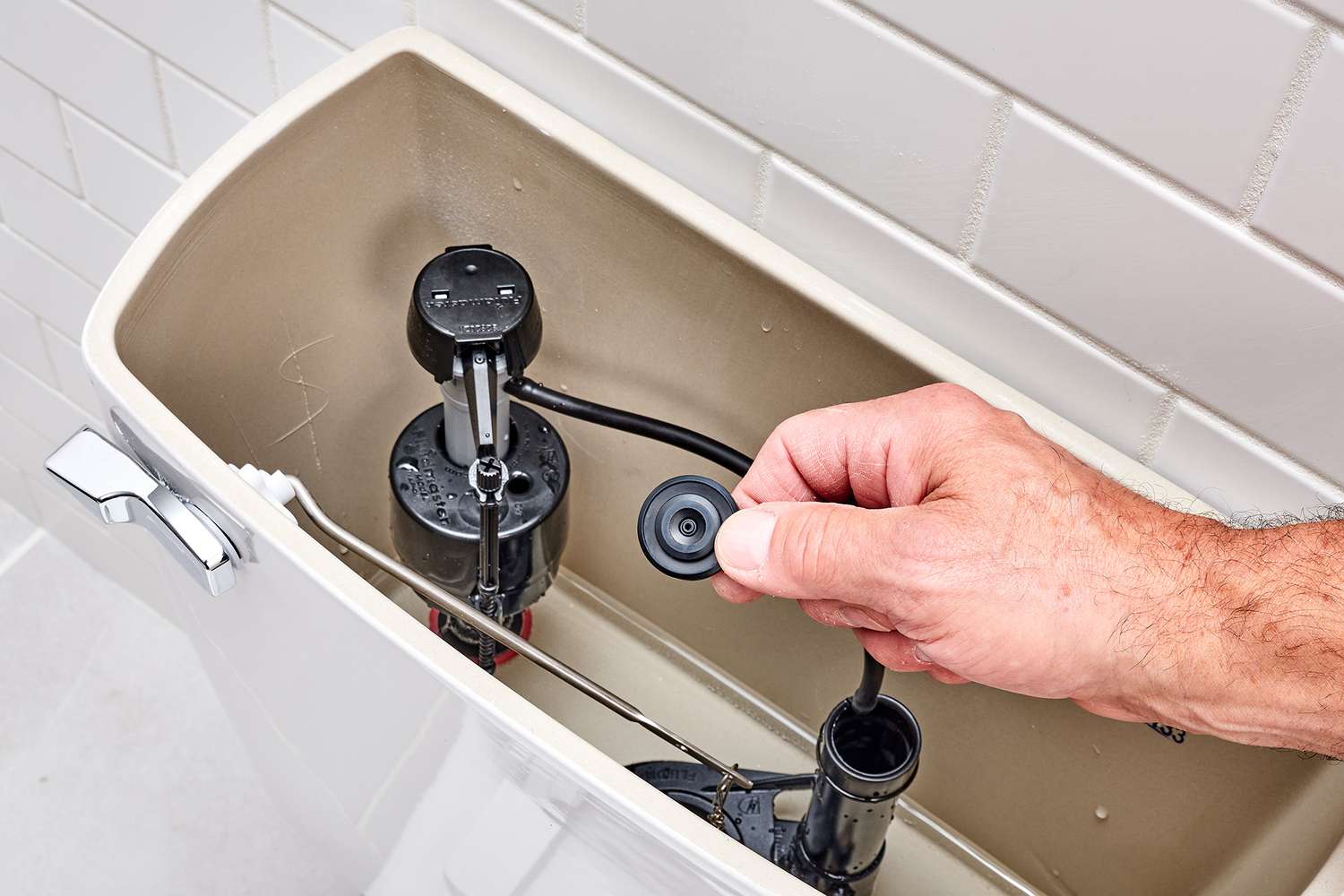
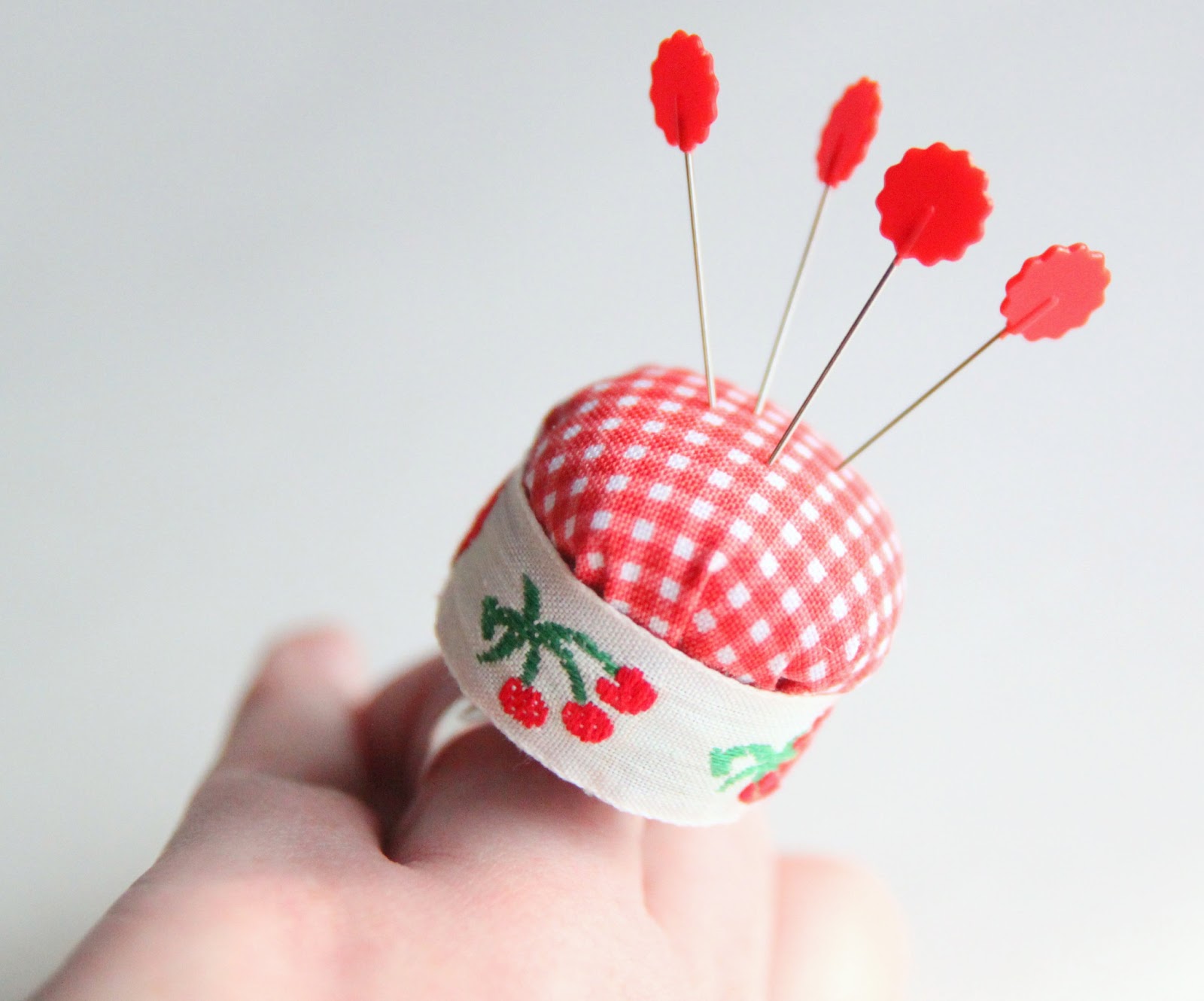
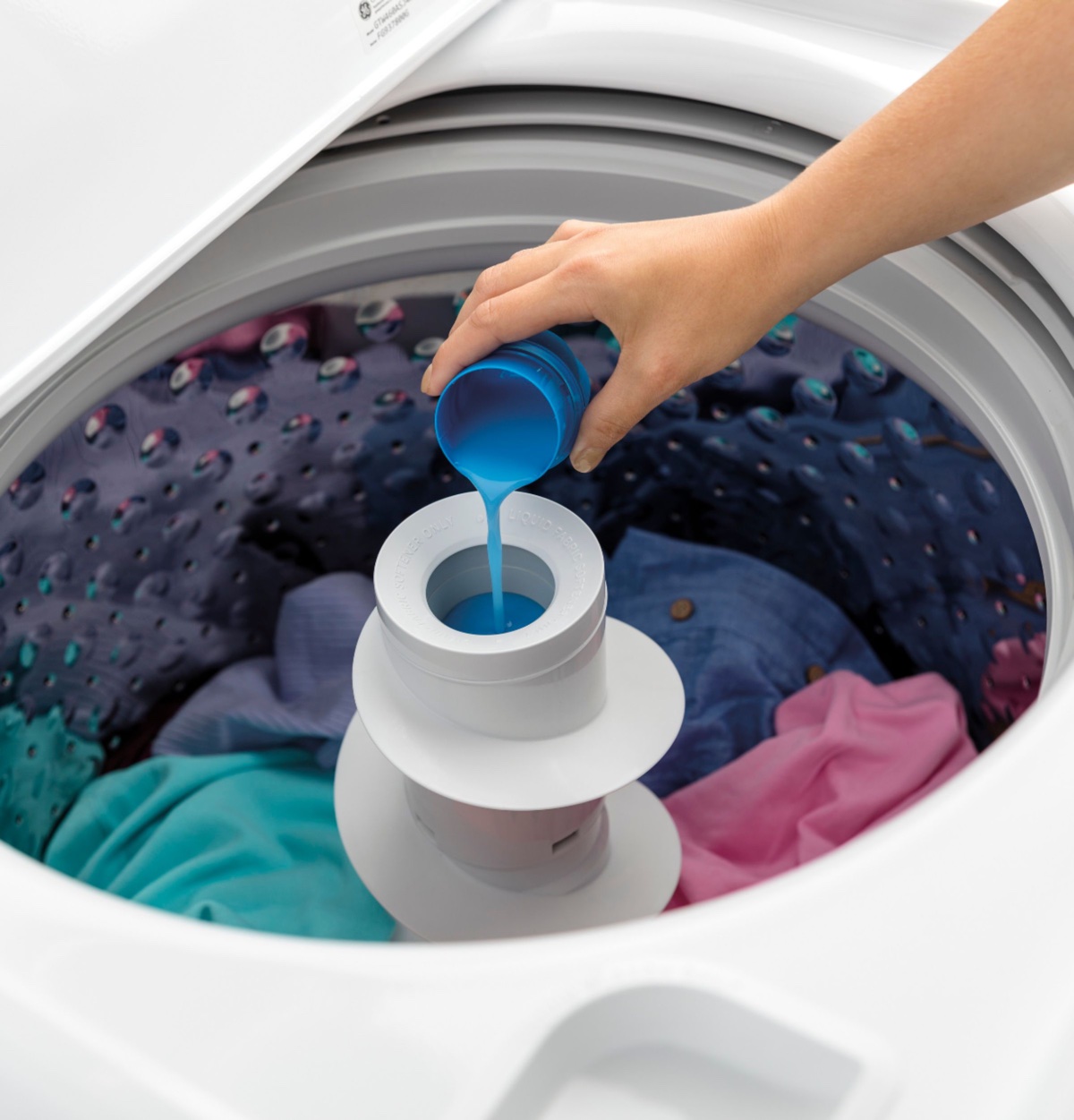
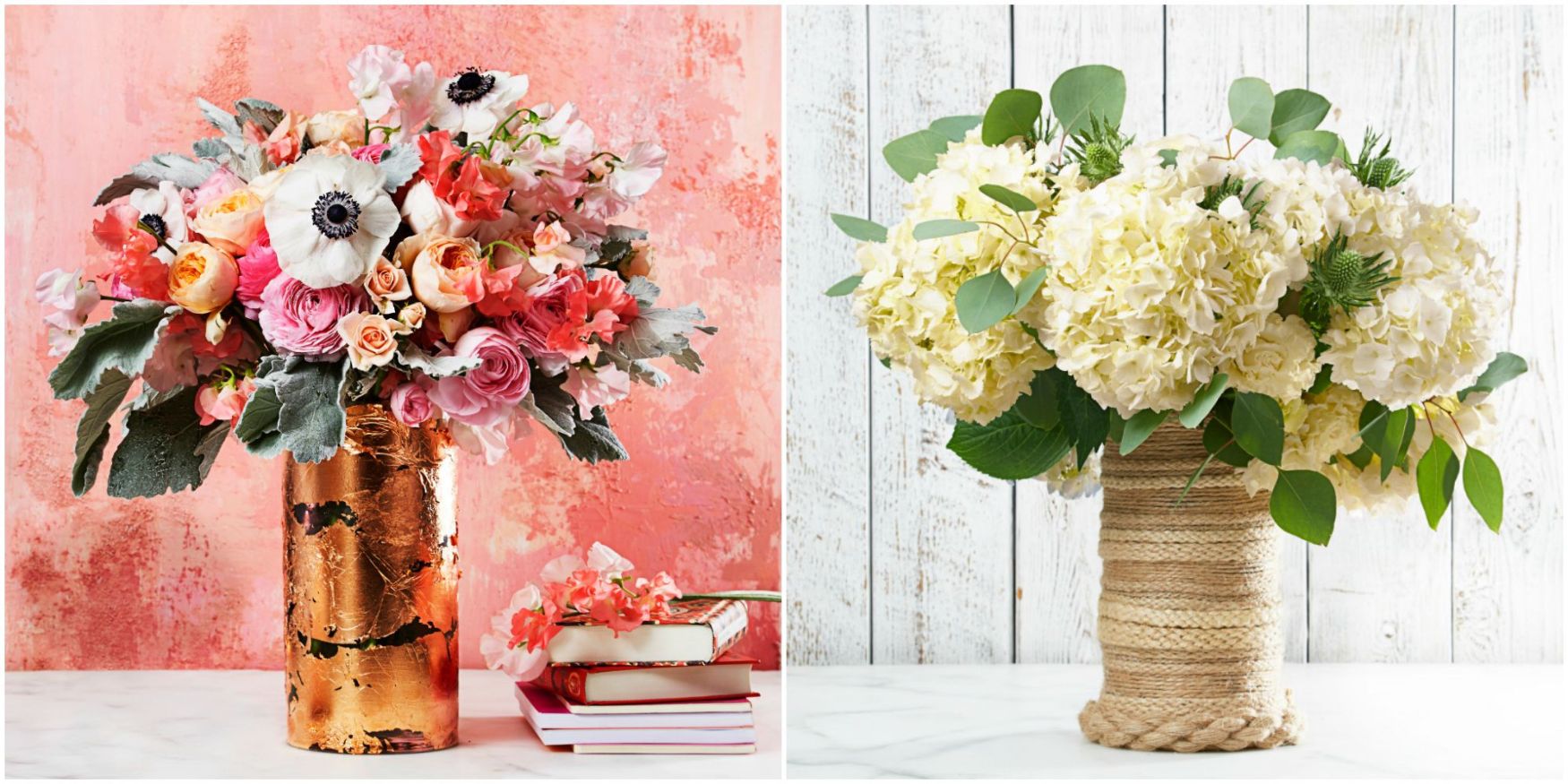

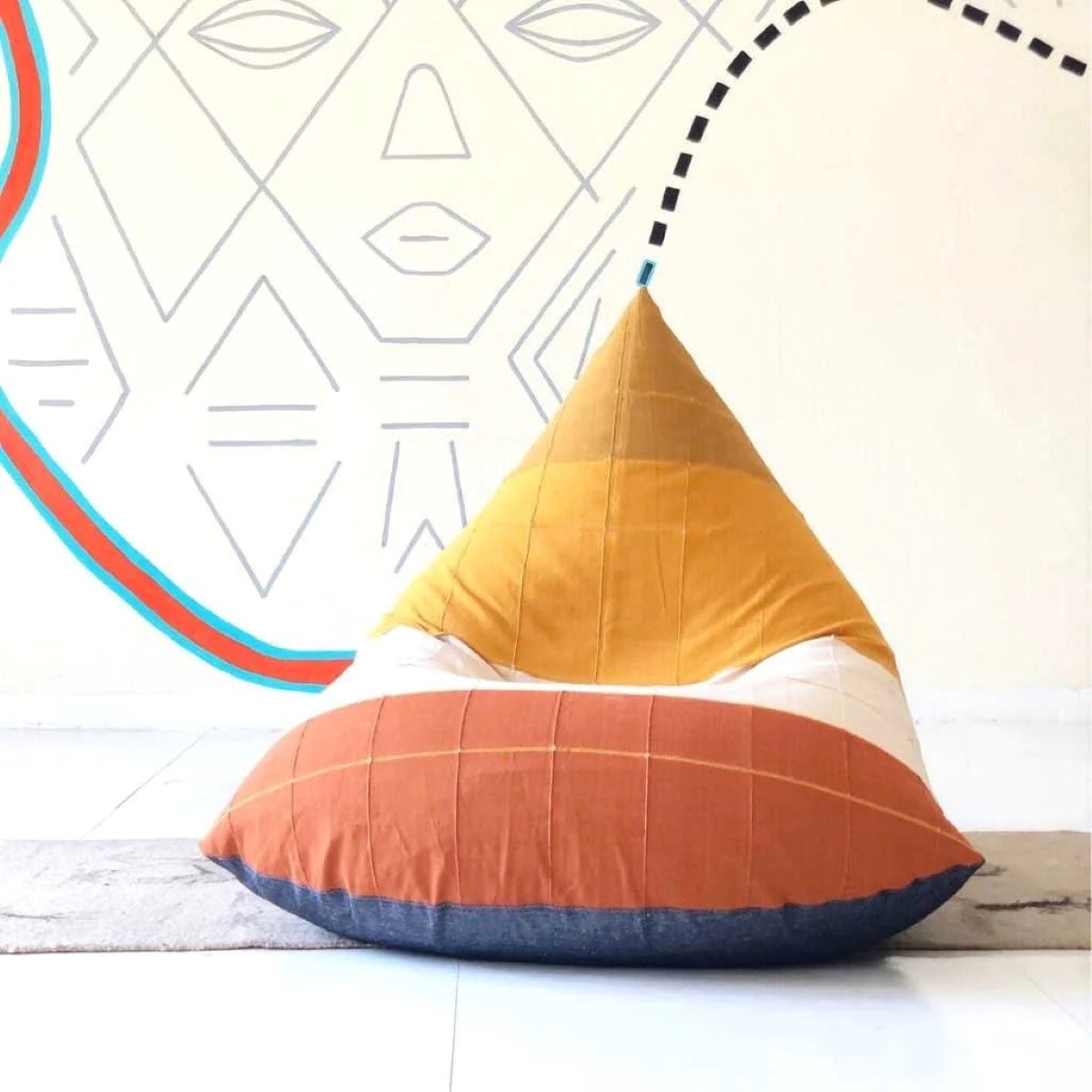

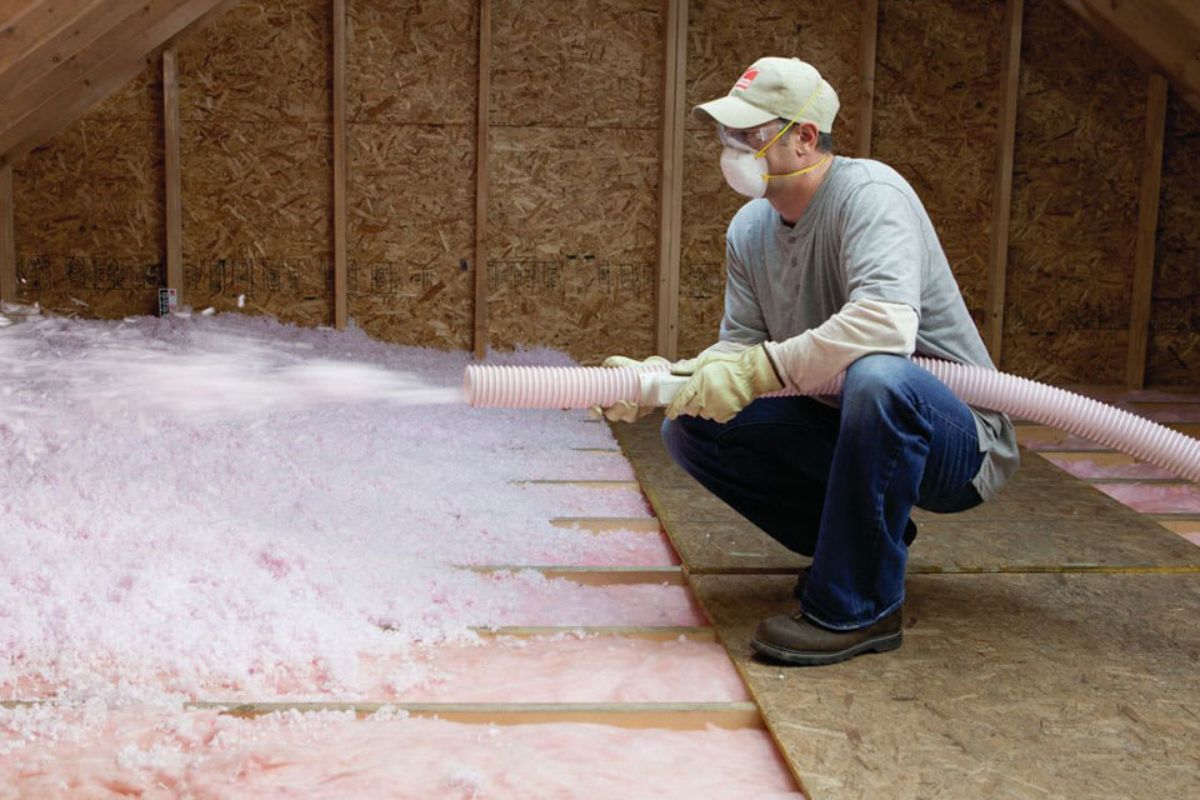

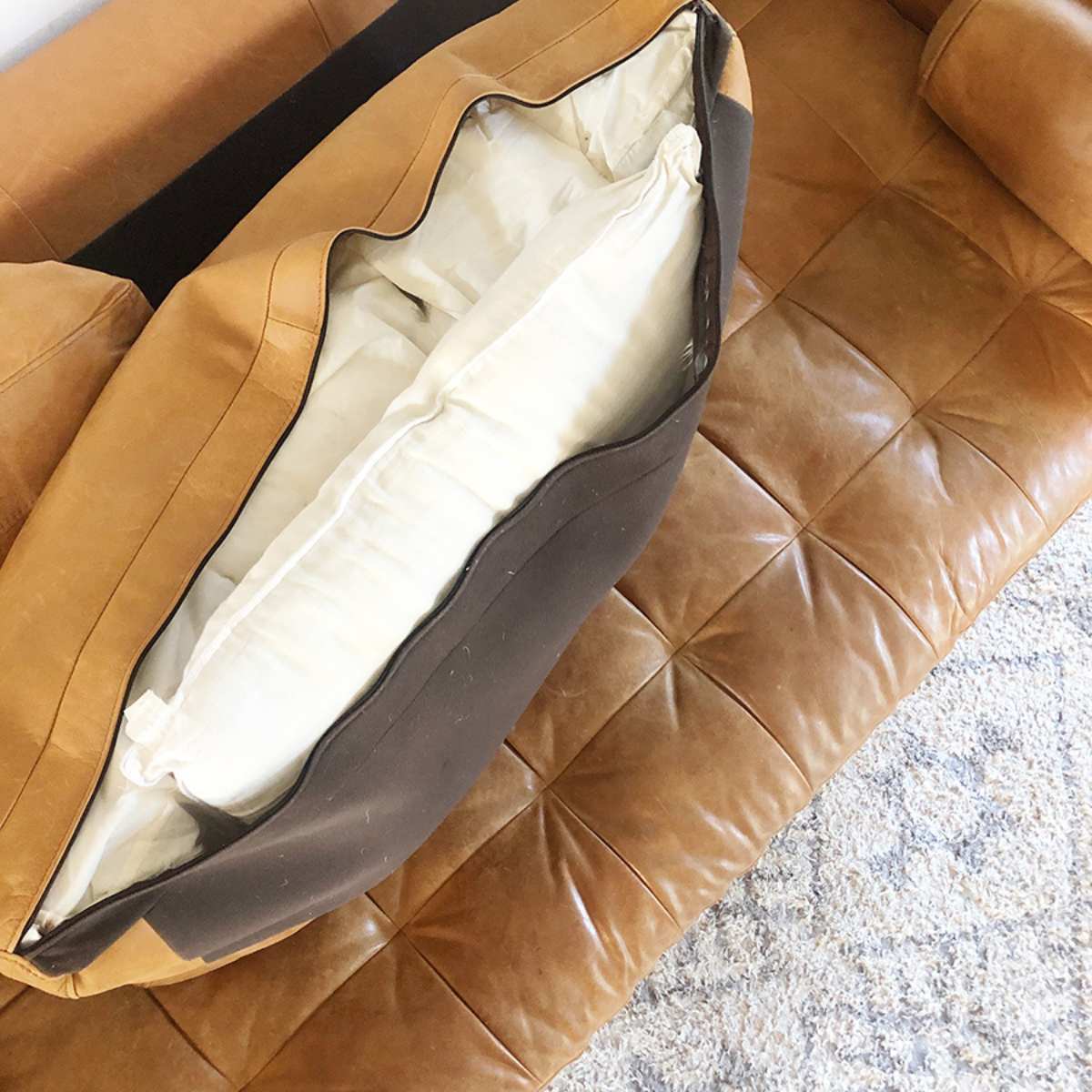


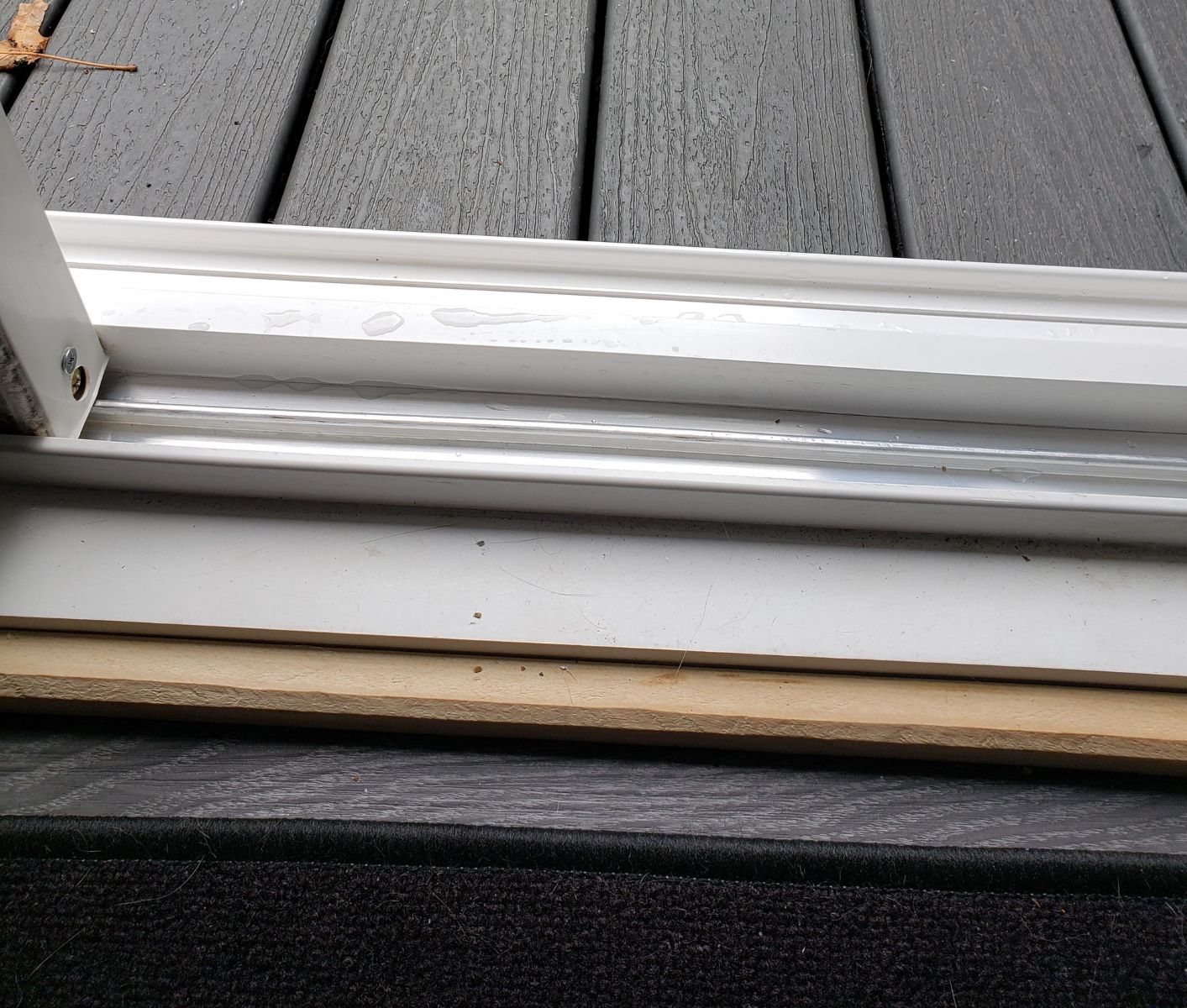

0 thoughts on “What Is A Glass Filled Ruby”